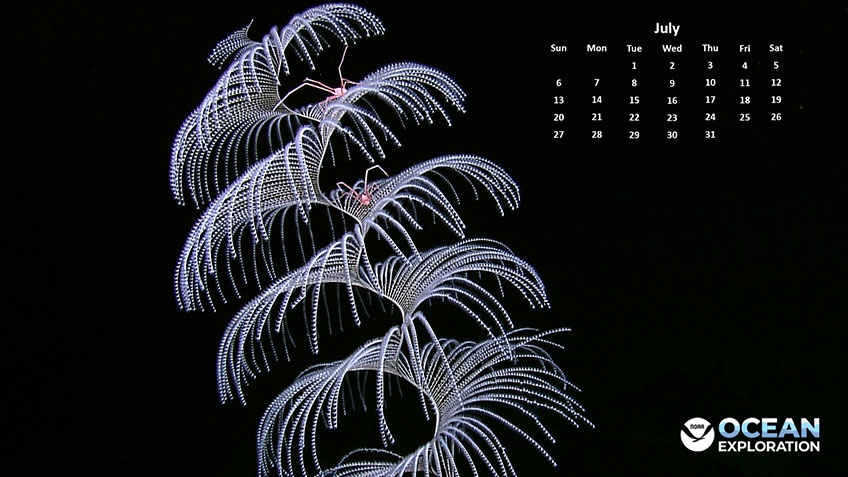Wallpaper Calendar
For each month in 2025, we will post a wallpaper calendar for you to download to give your desktop a fresh look. At the end of each month, the image will be retired to the wallpaper collection without the calendar.
Instructions on how to make a picture your computer's wallpaper.
